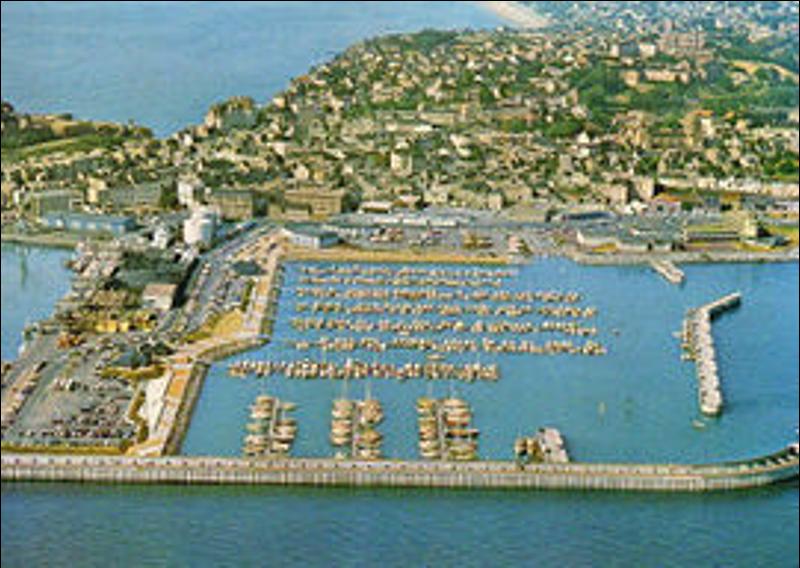Herel Marina
General Data
-
Category
Ports -
Geographical Area
Atlantic France -
Latitude
Lat 48° 50' 2'' N -
Longitude
Long 1° 35' 57'' W -
E-mail Address
herel@granville.cci.fr -
Telephone
02 33 50 20 06 -
Fax Number
02 33 50 17 01 -
VHF
9 -
City
Rue des Iles -
Post Code
50219 -
Province
Granville -
Country
France
-
Website
https://www.noonsite.com -
Address
Promenade Paul Lavat
Features
-
Maximum Draught
2.5 m -
Boat Posts
1000 -
Max Boat Length
15 m
Dock Services
Fuel
Water
Energy
Slide
Slipway
Crane
Travel Lift
Toilets
Showers
Fire Services
Engine Reparations
Electric Reparations
Weather Forecast Service
Anchorage Staff
Security Staff
Scuba Divers
Description
Its geographical position, hidden by the tip of Carolles, makes Granville a strategic point of attack especially for the British who wish to invade Mont Saint-Michel during the Hundred Years' War. After the war, the Granvillais seized the premises thanks to the support of the King of France, Charles VII, which guarantees the inhabitants a market right and a tax exemption and, therefore, promotes local economic development. The first cod fishermen for the New World of Newfoundland were armed in the sixteenth century. La Grande Pêche started at Mardi Gras. The sailors and the families, therefore, were in a festive atmosphere to enjoy the last moments before long months of separation. Thus was born the Granville carnival tradition that continues today. The right to practice the race, that is, attack the enemy ships and conquer the property, granted in the sixteenth century by the King of France, makes Granville the main rival of St. Malo. 15 famous corsairs, such as Georges-René Pléville Le Pelley, whose statue dominates the port, marked as Granville, baptized as "La Cité Corsaire". In parallel, thanks to Bisquines, the oyster fishing at the foot of the horse is developed in the bay of Mont Saint-Michel. With the industrial revolution, Granville opens in Paris and becomes the first coastal tourist center of the department, a place of care, party and social life. This time is marked by the installation, on the heights of the Gousset apartment, of the Christian Dior family in the village called "Rhumbs", in reference to the 32 divisions of the compass rose, which today houses a museum dedicated to the couturier , surrounded by a park and a rose garden overlooking the sea, is also the birthplace of the Granville Casino, opened in 1911.

